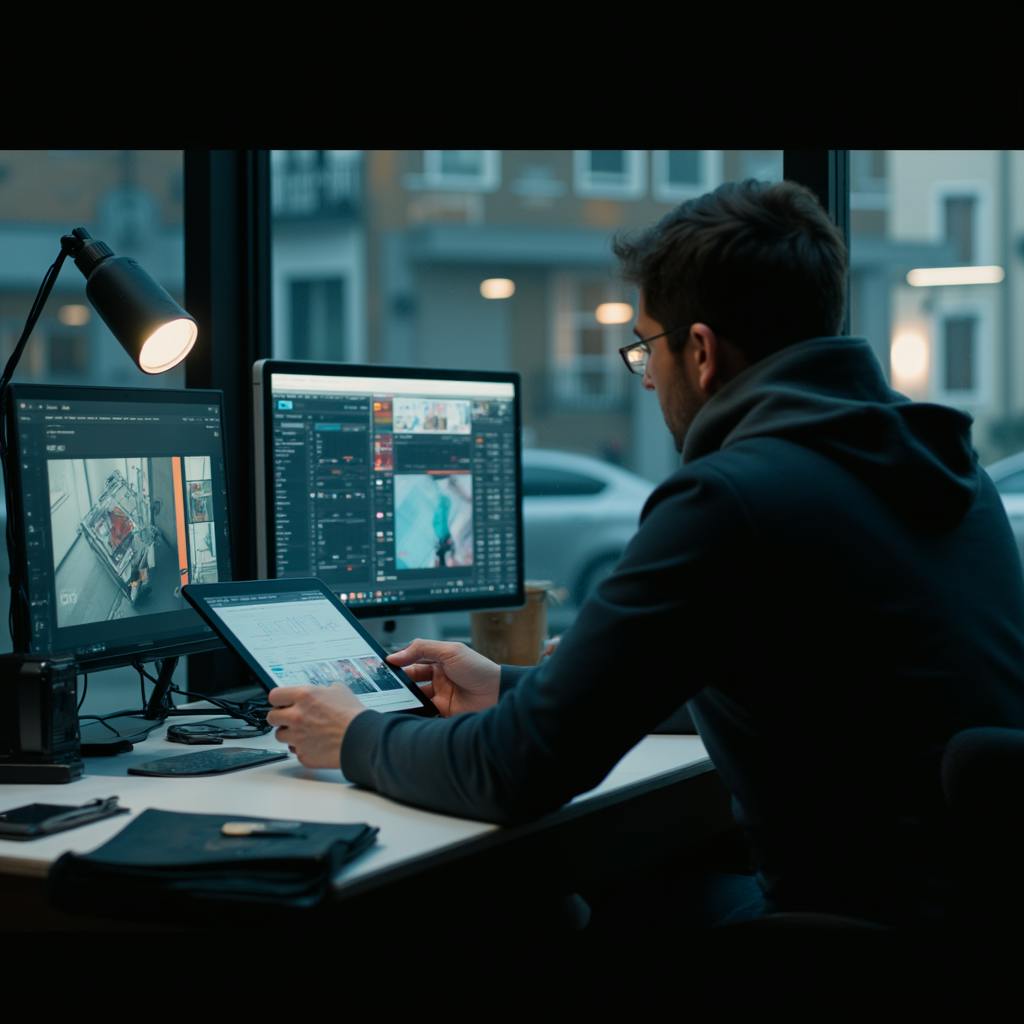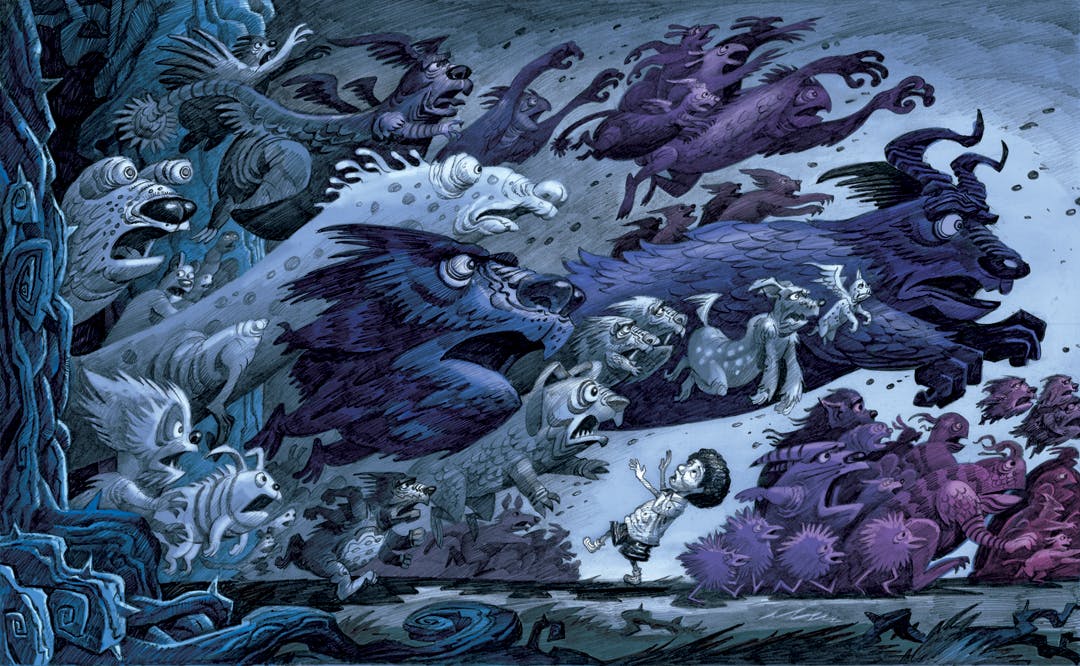In today's digital age, the role of a UI UX Designer has become paramount to the success of any tech-driven product. These professionals sit at the intersection of aesthetics and functionality, ensuring that digital products not only look stunning but are also user-friendly and intuitive. From mobile apps to complex web platforms, a UI UX Designer is the silent architect crafting experiences that engage and delight users. But what exactly does this involve, and how does one become proficient in this field? Let's dive into the world of UI and UX and unravel the impact that skilled designers have on product development.
Understanding UI UX Design
At its core, UI (User Interface) design focuses on the look and feel of a product, while UX (User Experience) design is concerned with how the product functions and the overall experience it provides to the user. Together, they form a symbiotic relationship crucial for creating seamless digital interactions.
What is UI UX Design?
UI UX design is the process of designing products with the user's needs in mind. It's about creating interfaces that are easy to use and delightful to interact with. UI designers concentrate on the visual aspects — buttons, icons, spacing, typography, and color schemes. UX designers, on the other hand, map out the user journey and focus on functionalities that improve the user experience.
The Duality of Role in a Nutshell
A UI UX Designer dons multiple hats, often acting as a visual artist one moment and a digital strategist the next. Here are some compelling aspects of the role:
- Research and User Analysis: Understanding the target audience through various research methods like surveys and interviews to gather insights on user needs and behaviors.
- Wireframing and Prototyping: Creating blueprints for digital interfaces that outline the layout and functionalities, which are then tested for usability.
- Visual Design: Crafting aesthetically pleasing designs that align with brand guidelines while maintaining user engagement.
- Usability Testing: Conducting tests to gather feedback and iterating upon design elements to enhance user satisfaction.
- Collaboration: Working alongside developers, project managers, and other stakeholders to ensure the design vision is executed perfectly.

AI made with YK
Why UI UX Design Matters
In an environment where users are spoilt for choice, a well-designed product can be the difference between success and failure. A UI UX Designer's work directly influences a product's usability, accessibility, and user satisfaction. Courses like a UI UX online course or a formal UX design certificate can provide the foundation and skills necessary to thrive in this field.
- Boosts Customer Satisfaction: By focusing on user-centric design, businesses can foster loyalty and conversion rates.
- Reduces Development Costs: Early identification and resolution of potential usability issues can save time and resources.
- Encourages Brand Loyalty: A positive user experience leads to repeated interactions and customer advocacy.
Steps to Become a UI UX Designer
Aspiring UI UX Designers might wonder where to start. Here’s a credible roadmap:
- Education: Many begin with a UI UX online course or pursue a formal UX design certificate to build foundational knowledge.
- Practical Experience: Hands-on experience through internships, projects, or freelance gigs helps in developing a portfolio that showcases one's skills.
- Networking: Engaging with communities, attending workshops, and learning from industry experts can offer valuable insights and opportunities.
- Continuous Learning: The digital landscape is ever-evolving, making it crucial for designers to stay updated with trends and new design tools.
UI/UX Designer FAQ
What are the main responsibilities of a UI/UX designer in developing a product?
UI/UX designers play a crucial role in product development, focusing on ensuring that the end product is user-friendly, aesthetically pleasing, and meets the needs of its users. Their main responsibilities include:
1. Research and Analysis:
- Conduct user research to understand the target audience’s behaviors, needs, and pain points.
- Analyze competitors to identify areas of improvement or unique selling points.
2. Information Architecture:
- Organize and structure content in a way that makes sense for users, ensuring easy navigation within the product.
3. Wireframing and Prototyping:
- Create wireframes to define the layout and functionality of the product.
- Develop prototypes to test and validate design concepts and interactions.
4. Visual Design:
- Develop the visual style of the product, including color schemes, typography, and graphic elements, ensuring consistency and brand alignment.
5. Interaction Design:
- Design intuitive interactions and workflows that allow users to perform tasks effectively and efficiently.
6. Usability Testing:
- Conduct usability tests to gather feedback, identify problems, and make data-informed design decisions.
7. Collaboration with Developers:
- Work closely with development teams to ensure the design is feasible and accurately implemented.
8. Iterative Design:
- Continuously refine designs based on user feedback and testing until the desired user experience is achieved.
How does a UI/UX designer contribute to enhancing the user experience?
A UI/UX designer enhances the user experience by:
- User-Centered Design: Placing the user at the core of the design process to ensure that the product meets their needs and expectations.
- Improving Usability: Ensuring that the product is easy to use and navigate, reducing friction and enhancing efficiency.
- Aesthetic Appeal: Creating visually pleasing designs that attract and engage users.
- Accessibility: Designing inclusive products that are accessible to all users, including those with disabilities.
- Consistency: Maintaining a consistent visual language and interaction pattern across the product, improving learnability and usability.
- Feedback Loops: Incorporating user feedback regularly to refine and improve the overall user experience.
- Innovation: Introducing new and creative design solutions to enhance user engagement and satisfaction.

AI made with YK
What skills are necessary for a UI/UX designer?
UI/UX designers require a combination of hard and soft skills to be effective, such as:
- Design Tools Proficiency: Mastery of design and prototyping tools like Adobe XD, Sketch, Figma, and InVision.
- Understanding of Design Principles: A strong grasp of design principles, including color theory, typography, and layout.
- User Research and Usability Testing: Ability to conduct surveys, interviews, usability tests, and analyze findings to inform design decisions.
- Wireframing and Prototyping: Skills in creating wireframes and interactive prototypes to communicate design ideas effectively.
- Information Architecture: Ability to structure and organize digital content for optimal user understanding and navigation.
- Collaboration and Communication: Strong interpersonal skills to collaborate with cross-functional teams and articulate design decisions clearly.
- Problem-Solving: Creative problem-solving skills to address design challenges and improve user experience.
- Attention to Detail: Keen eye for detail to ensure a polished and cohesive design outcome.
What is the process that a UI/UX designer follows when shaping good quality products?
The process typically followed by UI/UX designers can be broken down into several key steps:
- Discovery: Define the problem, objectives, and constraints. Understand user needs, business goals, and technical limitations.
- Research: Conduct audits, competitive analysis, and user research to gather valuable insights and inform the design process.
- Ideation: Brainstorm and generate ideas for potential solutions, often through collaborative workshops or sketching sessions.
- Design: Develop wireframes, prototypes, and high-fidelity designs. Iterate on these designs based on feedback and testing.
- Testing: Conduct usability testing to assess and refine the designs, ensuring they meet user needs and expectations.
- Implementation: Collaborate with developers to translate designs into a functional product, ensuring fidelity to the design vision.
- Launch and Analysis: Launch the product and monitor its performance. Collect user feedback and analytics to evaluate success and identify areas for improvement.
- Iterate: Continuously refine the product post-launch based on user feedback and evolving user needs.
By following these structured processes and utilizing their diverse skill set, UI/UX designers play a vital role in creating user-centered, efficient, and visually appealing digital products.
Conclusion
In the grand tapestry of product design, a UI UX Designer plays a pivotal role in shaping how users interact with digital products. Their work goes beyond mere aesthetics and function, creating bridges between technology and human experiences. By pursuing education paths such as a UI UX online course or obtaining a UX design certificate, and integrating continuous learning and experience, one can excel in this dynamic field. The thoughtful design not only solves problems but also transforms ordinary interactions into extraordinary experiences. Whether you’re an aspiring designer or a business looking to enhance your product's interface, understanding what a UI UX Designer does is the first step towards crafting products that truly resonate with users.

